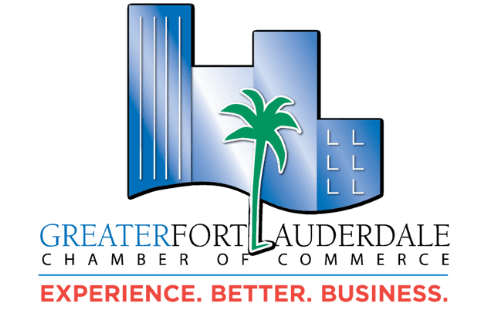How Small Business Owners Can Punch Above Their Weight with DIY Graphics
How Small Business Owners Can Punch Above Their Weight with DIY Graphics
If you’re a small business owner juggling payroll, inventory, customer emails, and that one leaky pipe under the sink, it’s easy to let visual branding slip through the cracks. You’re not a graphic designer—you’re a baker, a barber, a boutique owner. But whether you’re promoting a product launch or just announcing summer hours, there’s no denying the power of clean, well-thought-out visuals. The good news? You don’t need a degree in design or a subscription to Adobe’s entire creative suite to make it happen. What you need is a little strategy, a few free tools, and a no-fuss approach that works while you’re working on everything else.
Start with a Style That’s Easy to Repeat
Consistency is branding’s best friend. When you're scrambling to throw together a last-minute flyer or Instagram Story, you’ll save yourself the headache if you’ve already nailed down a basic style. Think of it as your visual fingerprint—two to three colors, one or two fonts, and a logo that works even if it's the size of a fingernail. Keep these elements saved and easily accessible, so you can drop them into whatever template you’re using. That way, even if you're designing a coupon in five minutes before closing time, it’ll still look like it came from the same brand that runs your website and storefront.
Use Templates Shamelessly—and Make Them Yours
Don’t let pride get in the way of practicality. Platforms like Canva, Adobe Express, and even Google Slides offer ready-made templates that can carry your message without reinventing the wheel. You can tweak colors, fonts, and layouts to match your brand without needing to start from a blank page. The trick is to not get too caught up in what’s trendy—instead, look for templates that feel like a natural extension of your brand voice. The moment you find a few that work, save copies and recycle them across future promotions so you're not designing from scratch every time.
Don’t Overthink Fonts—Just Match Smart
You don’t need to be a typography nerd to get your fonts working in harmony. The key is picking just one or two that complement each other and using them consistently across everything you make. There’s no need to splurge on expensive font packs when there are free, reliable choices that do the job just fine. To help with your design projects, try user-friendly online font identification tools that quickly pinpoint exact matches—these save you from the endless guesswork and give your visuals a polished, professional edge.
Know When to Use (and Ditch) Photos
Photos are powerful, but bad ones can tank your design faster than a typo. If your product photos are crisp, well-lit, and tell a story, by all means, use them. But if you’re relying on blurry phone pics or stock images that scream “corporate brochure,” consider going without. A well-done graphic using color, type, and layout can feel more modern and professional than a photo that doesn’t add anything. Think in terms of hierarchy—use photos when they’re the main attraction, not just filler.
Whitespace Isn’t Wasted Space
One of the easiest ways to spot a rushed or amateur design is clutter. When every inch of your flyer or post is filled with text and images, your message gets lost. Whitespace gives your content room to breathe, helps guide the viewer’s eye, and makes everything feel more intentional. Don’t be afraid to delete that extra tagline or resize that logo to give your design some air. It’s not about being minimalist—it’s about being readable, especially for folks scrolling at stoplights or skimming a community bulletin board.
Design for Where Your Audience Actually Is
A beautiful square post won’t help you if your customers mainly check their email or read print handouts. Know your audience’s habits and design for the platforms they actually use. That means thinking about file size (so your graphics load quickly), orientation (so text doesn’t get cut off), and resolution (so your designs don’t look pixelated). A flyer for a coffee shop bulletin board should have larger type and less visual noise than a post you’d toss into Instagram Stories. One size doesn’t fit all, but you don’t have to redesign from scratch—just adapt your core layout to different formats.
Lean Into Imperfection
You’re not a full-time designer—and your customers don’t expect you to be. In fact, a little bit of imperfection in your graphics can actually work in your favor. It makes your brand feel real, approachable, human. A slightly off-center text block or hand-drawn doodle might resonate more than something that looks overly polished or sterile. The goal isn’t to fool people into thinking you hired a fancy agency; it’s to get your message across clearly, with your personality baked in.
You’ve got a business to run. Design is important, but it shouldn’t become a bottleneck or a source of dread. With the right templates, a consistent style, and a willingness to embrace imperfection, you can crank out solid, on-brand visuals without losing a full afternoon to font-picking. The next time you sit down to create a post, remember: it doesn’t have to be award-winning. It just has to look good enough to get someone to pause, smile, and maybe—just maybe—click “buy now” or walk through your front door.
Discover unparalleled business opportunities and community connections by joining the Greater Fort Lauderdale Chamber of Commerce, the largest and oldest business organization in Broward County, dedicated to empowering businesses across South Florida.
